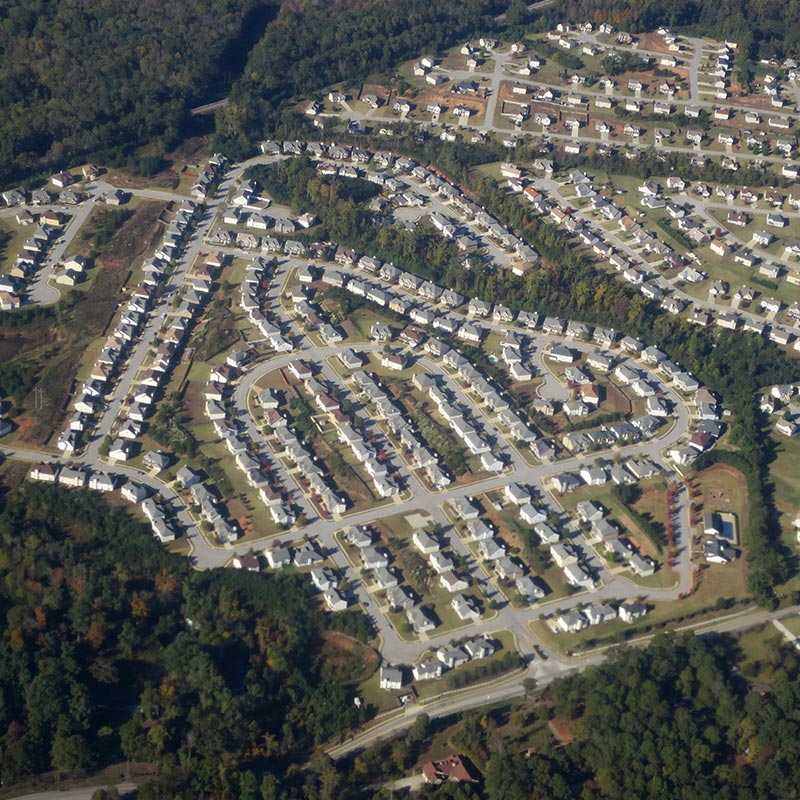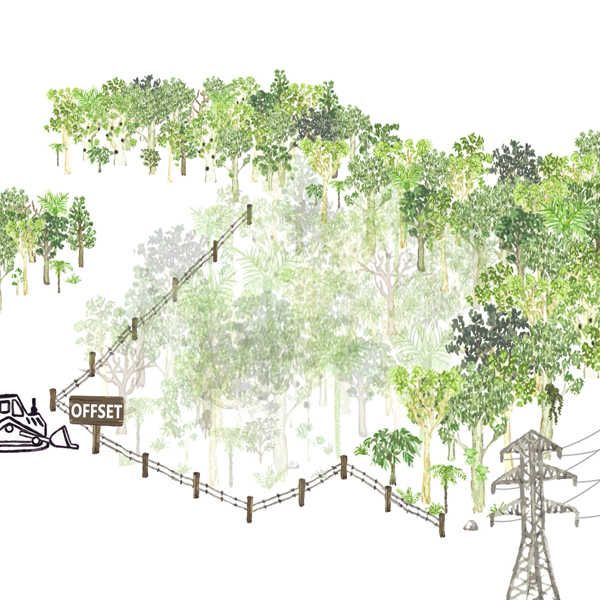Many nations use ecological compensation policies to address negative impacts of development projects and achieve No Net Loss (NNL) of biodiversity and ecosystem services. Yet, failures are widely reported. We use spatial simulation models to quantify potential net impacts of alternative compensation policies on biodiversity (indicated by native vegetation) and two ecosystem services (carbon storage, sediment retention) across four case studies (in Australia, Brazil, Indonesia, Mozambique). No policy achieves NNL of biodiversity in any case study. Two factors limit their potential success: the land available for compensation (existing vegetation to protect or cleared land to restore), and expected counterfactual biodiversity losses (unregulated vegetation clearing). Compensation also fails to slow regional biodiversity declines because policies regulate only a subset of sectors, and expanding policy scope requires more land than is available for compensation activities. Avoidance of impacts remains essential in achieving NNL goals, particularly once opportunities for compensation are exhausted.
IUCN Commission on Ecosystem Management Thematic Group
Impact Mitigation and Ecological Compensation (IMEC)
Guiding best-practice application of the mitigation hierarchy, and improving alignment of impact mitigation and ecological compensation practice with biodiversity targets.

